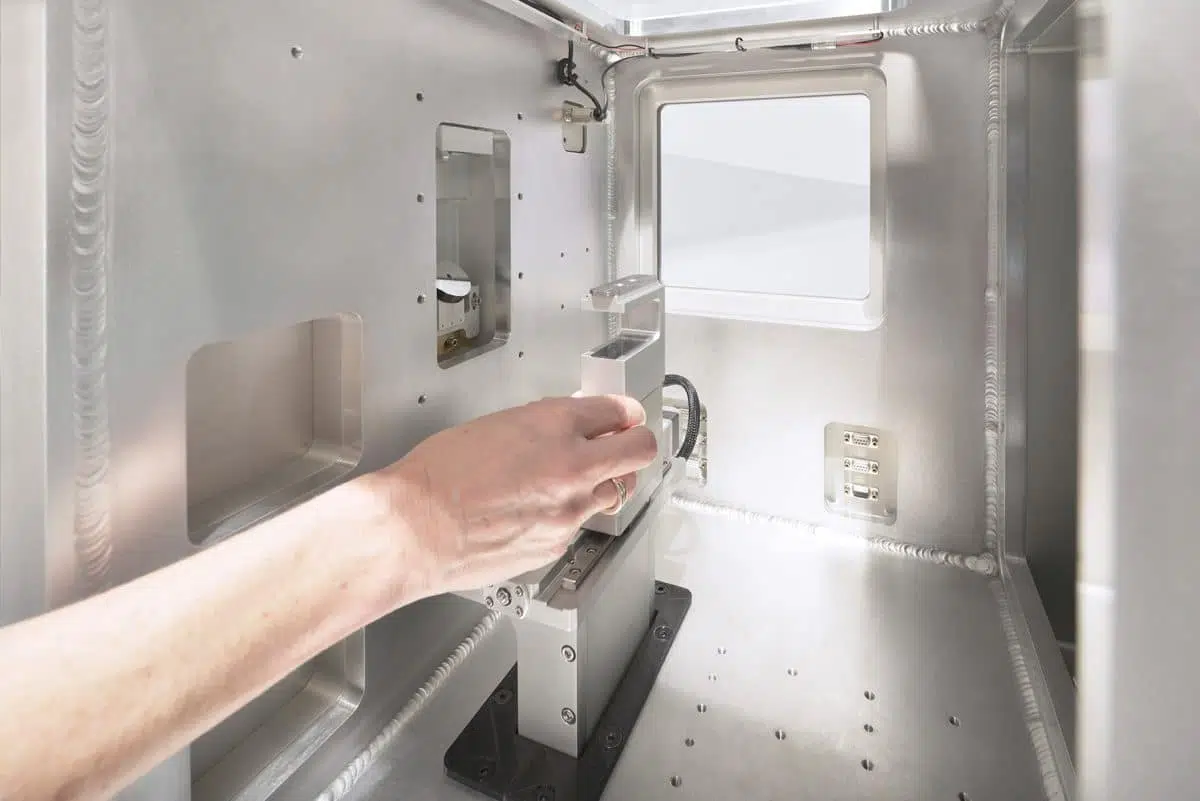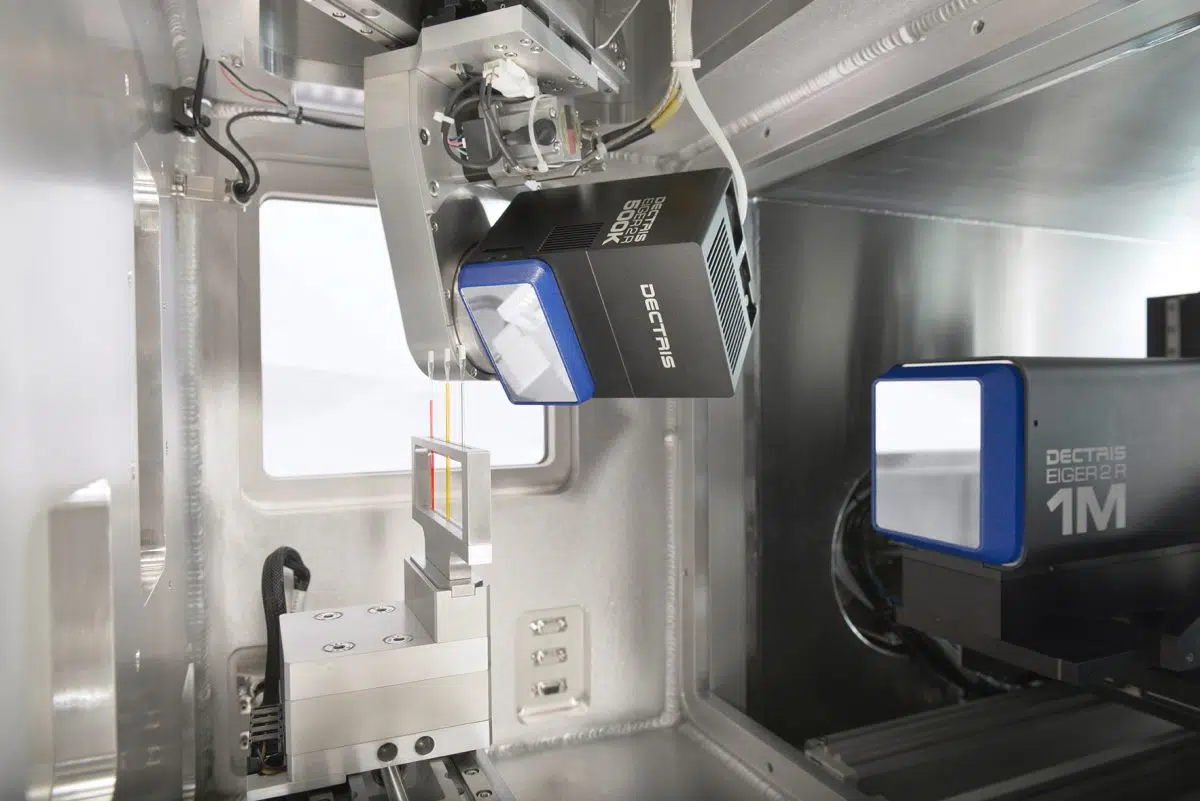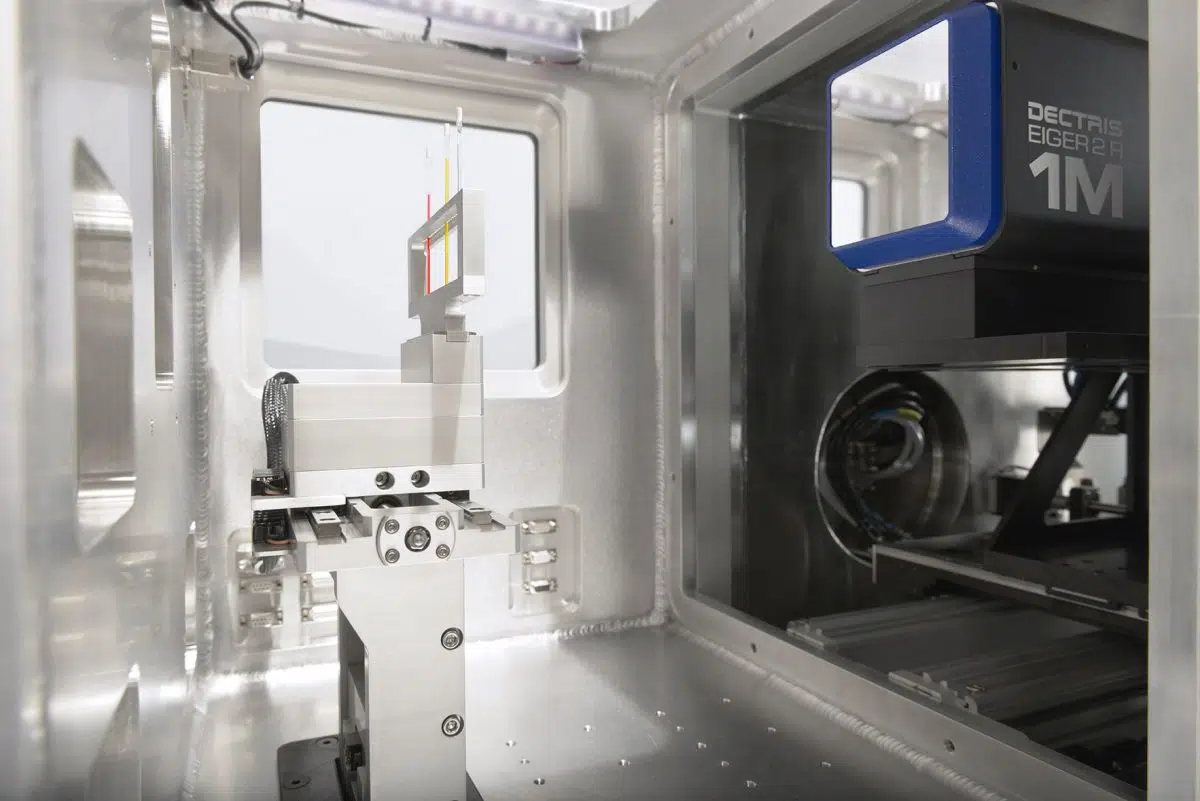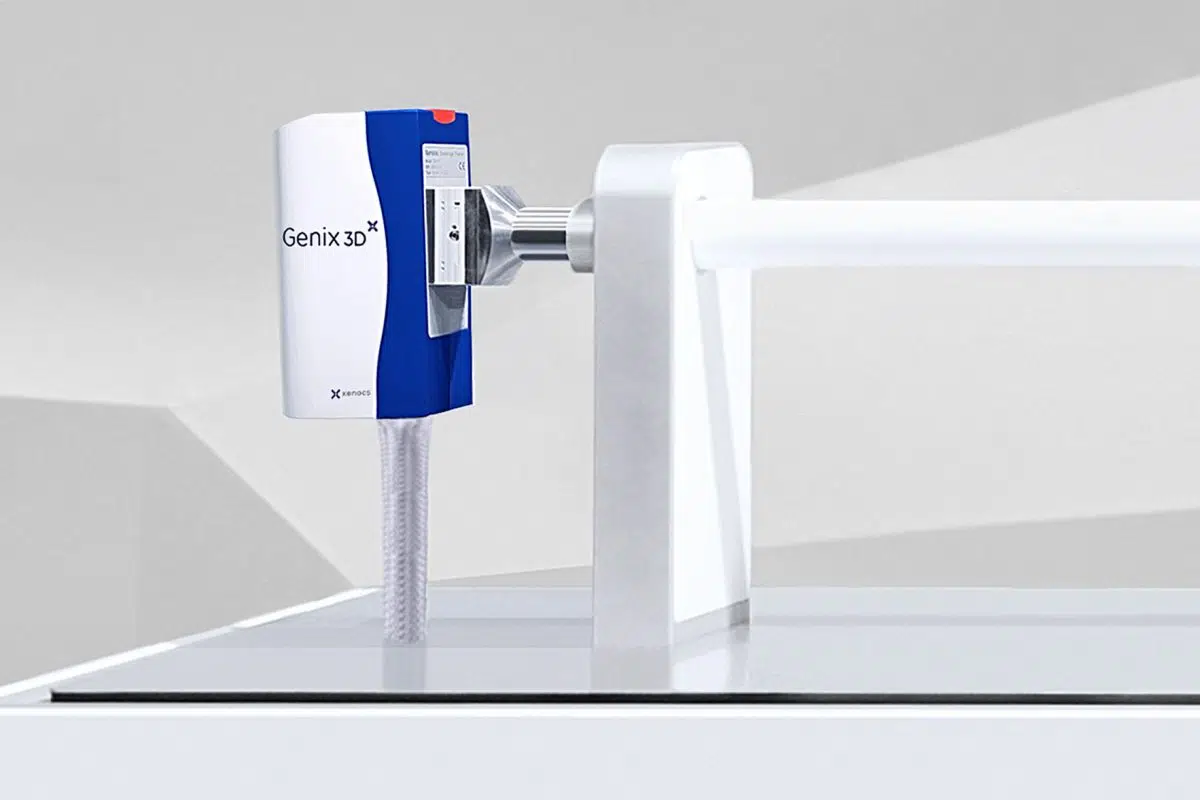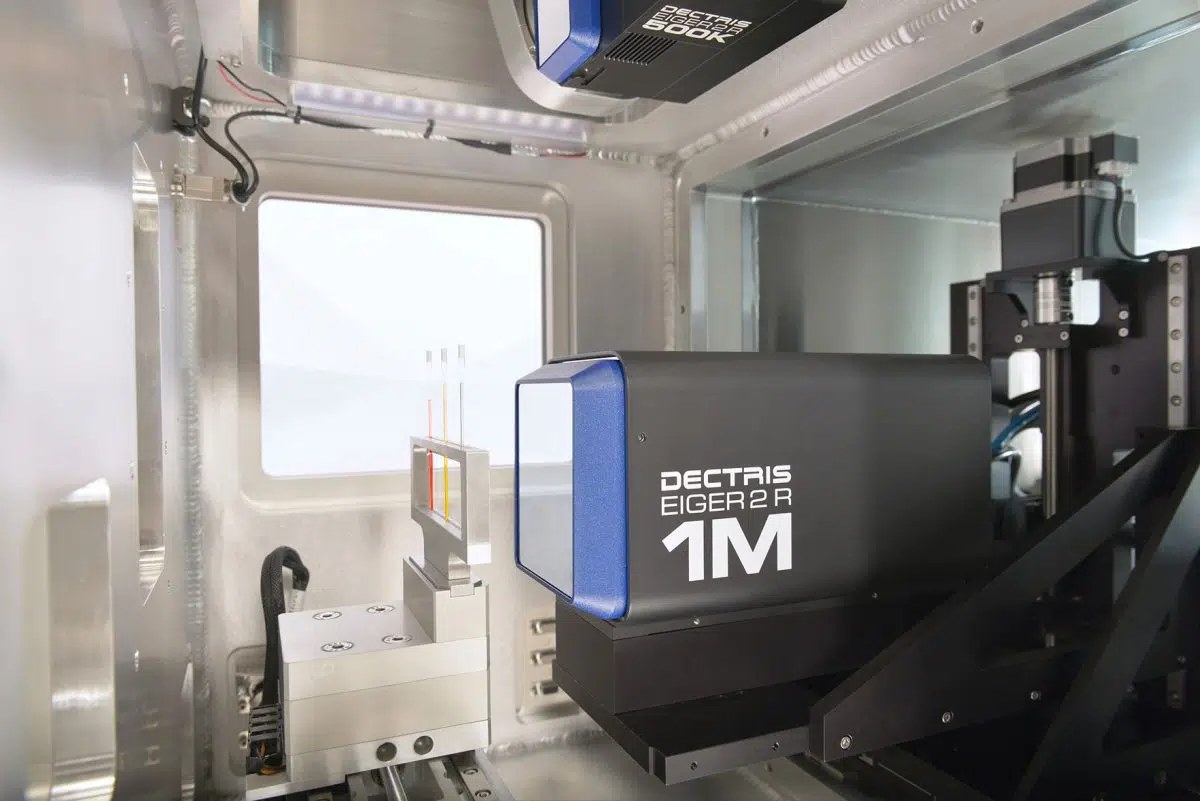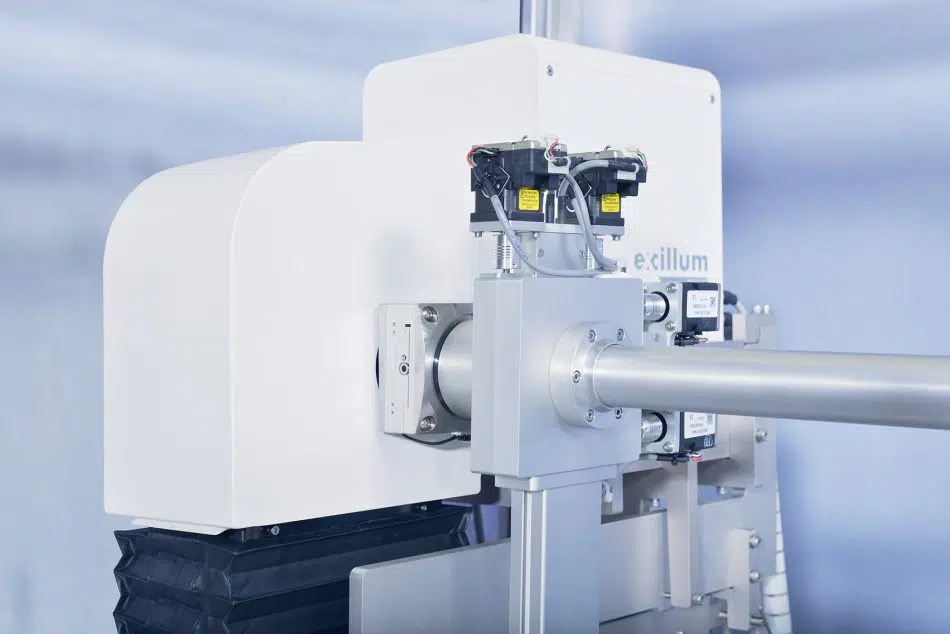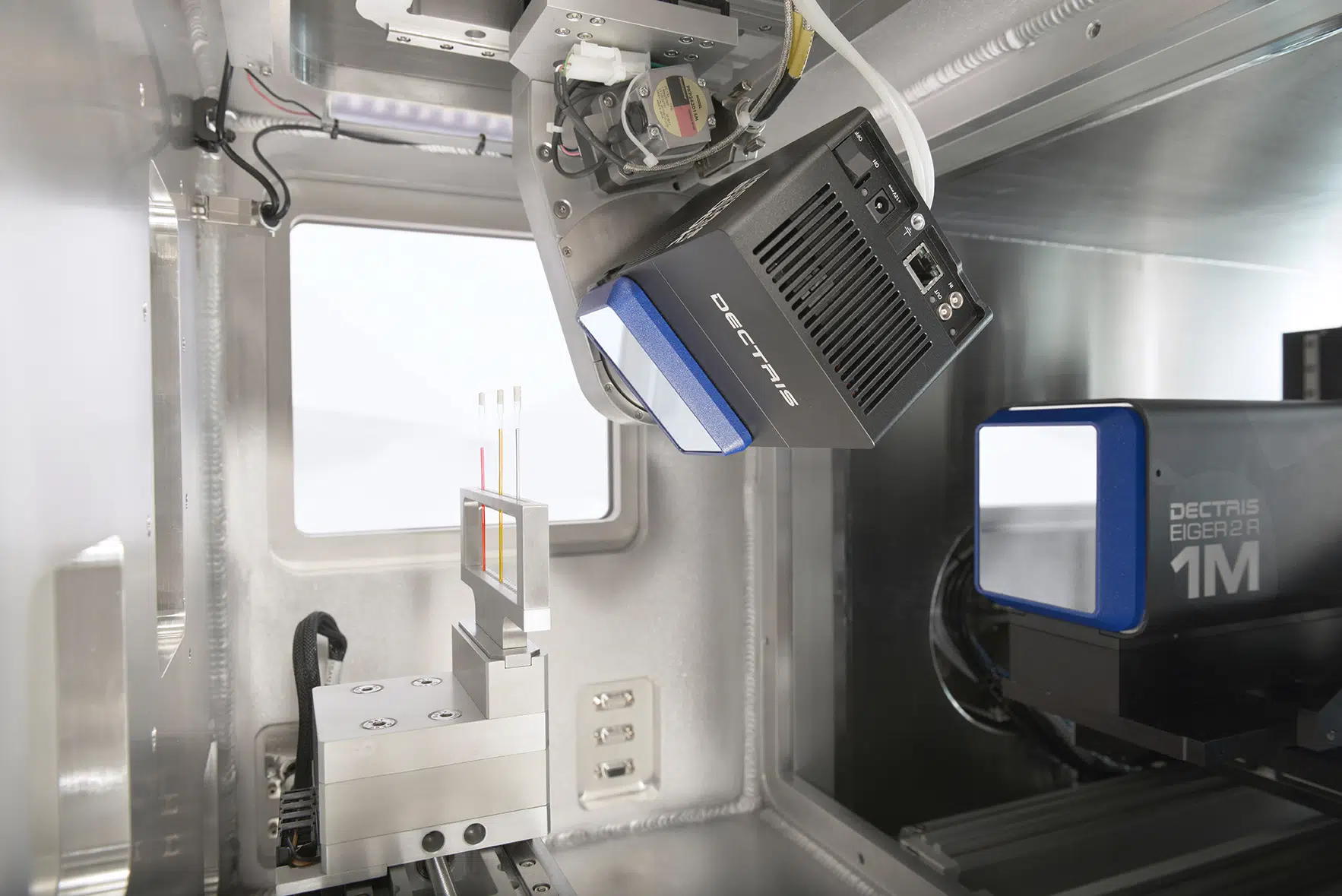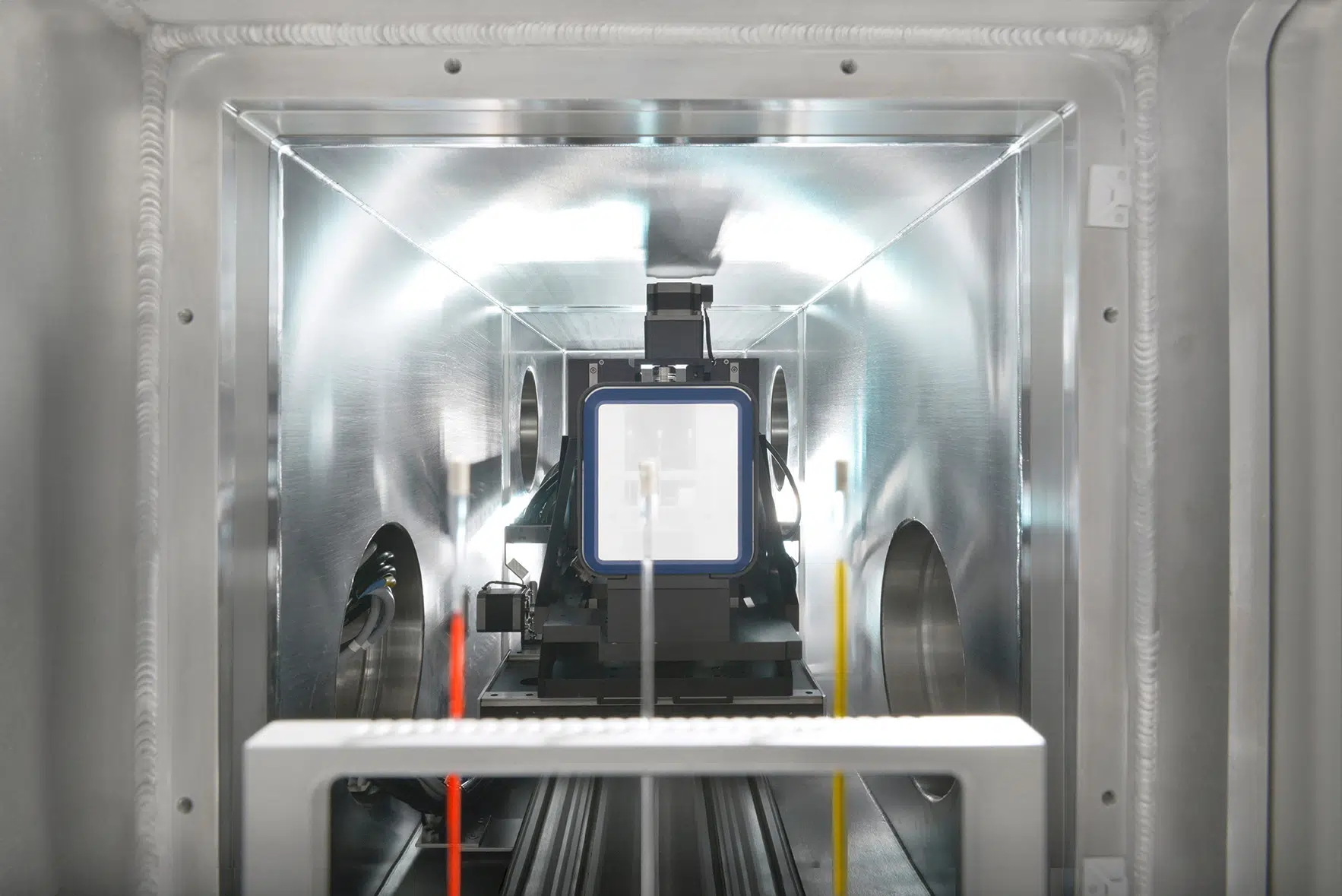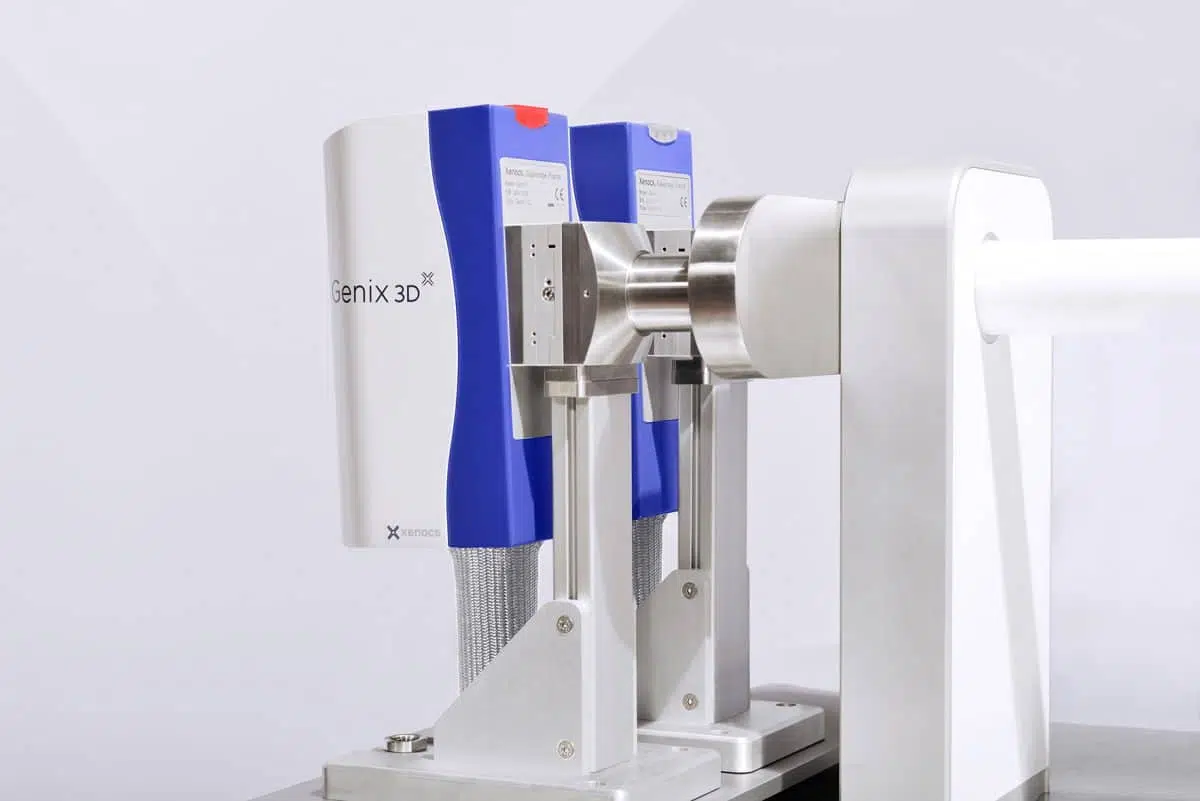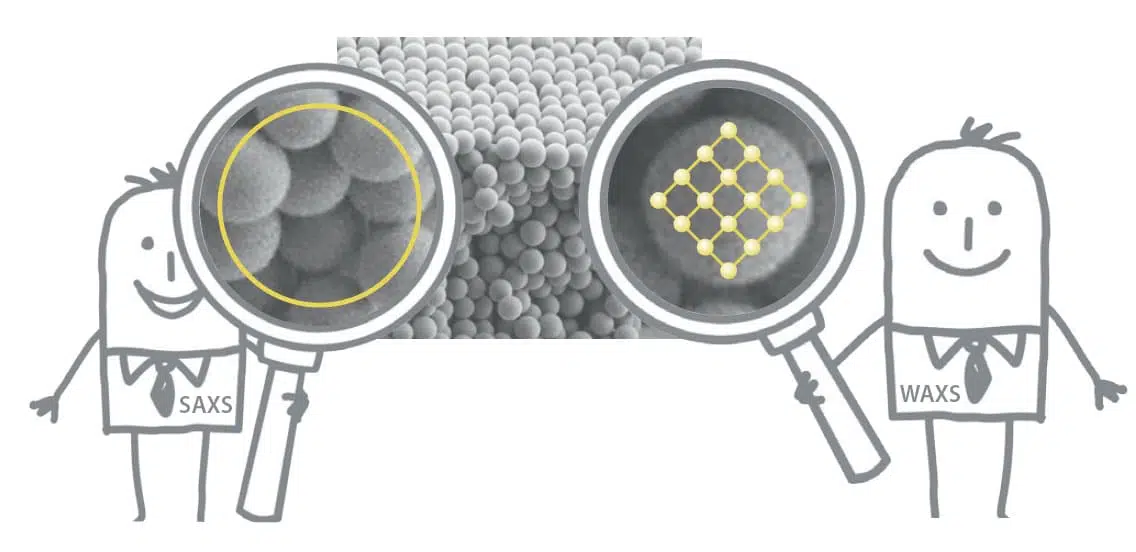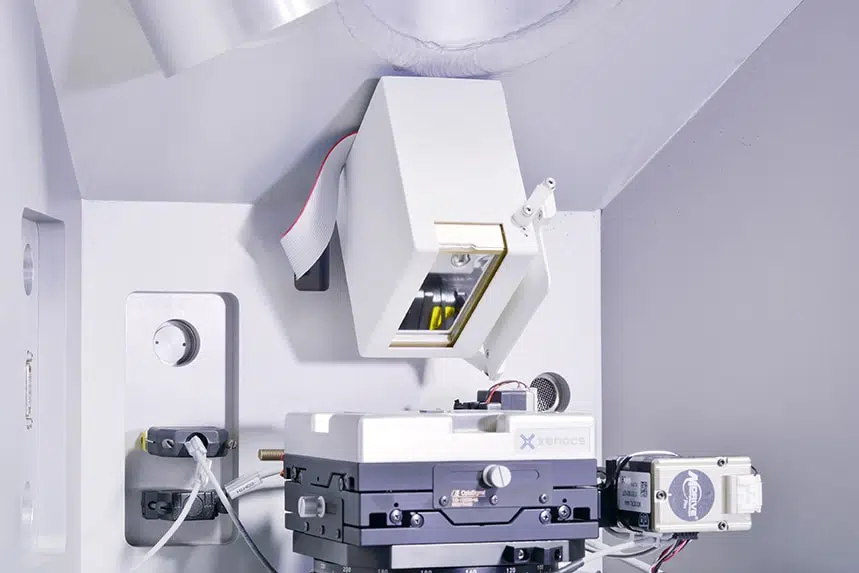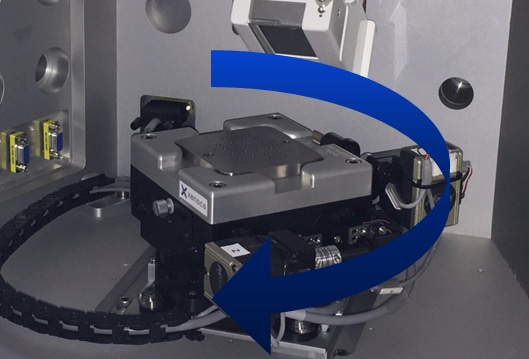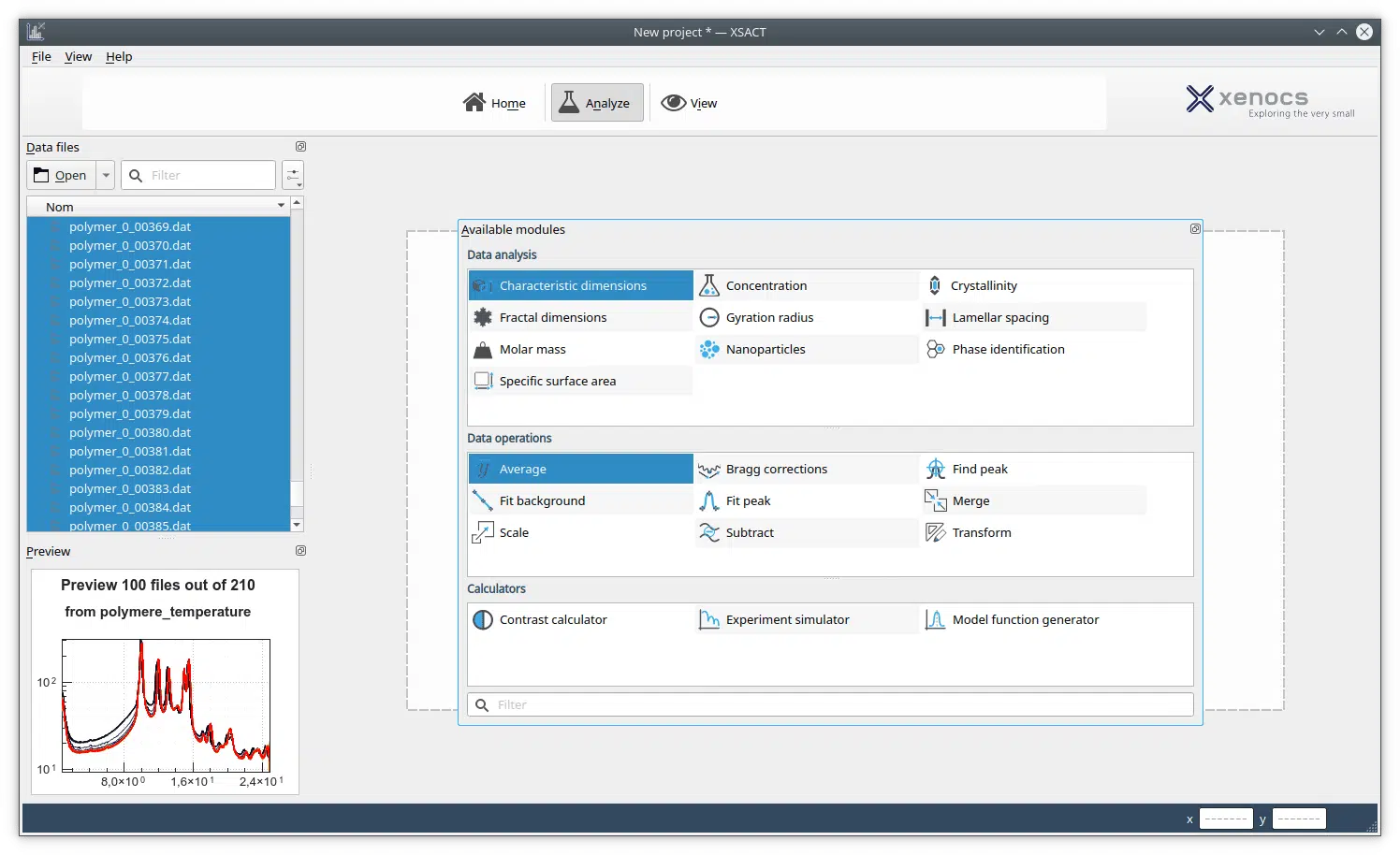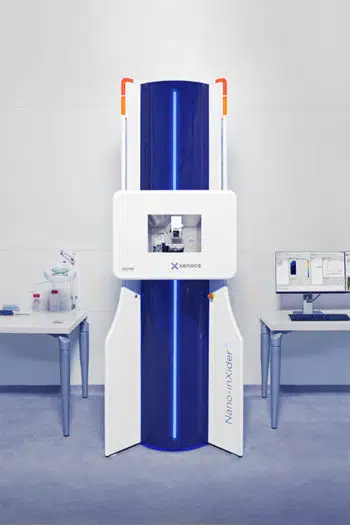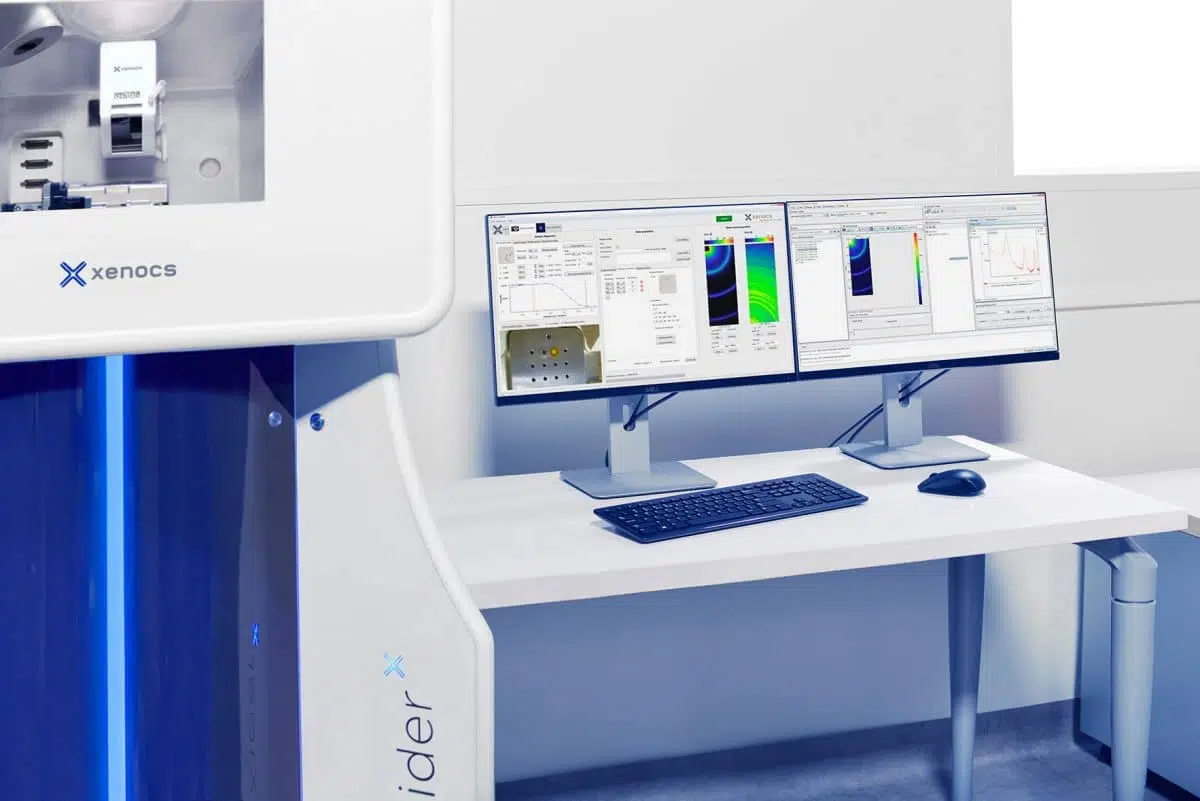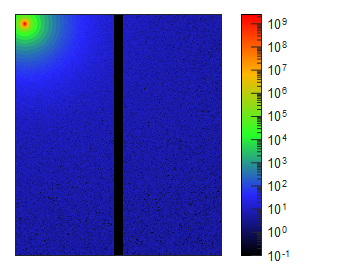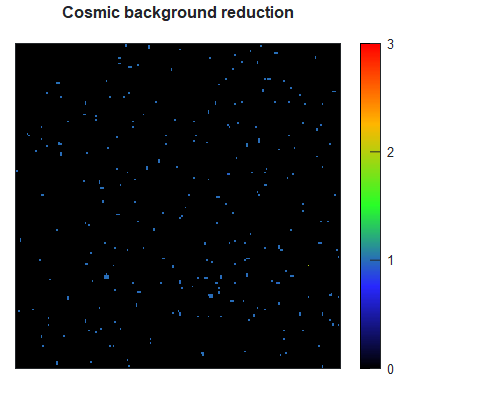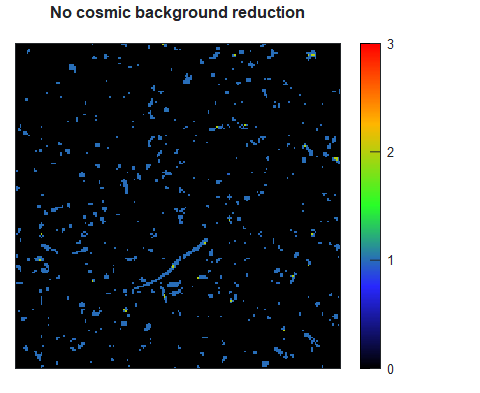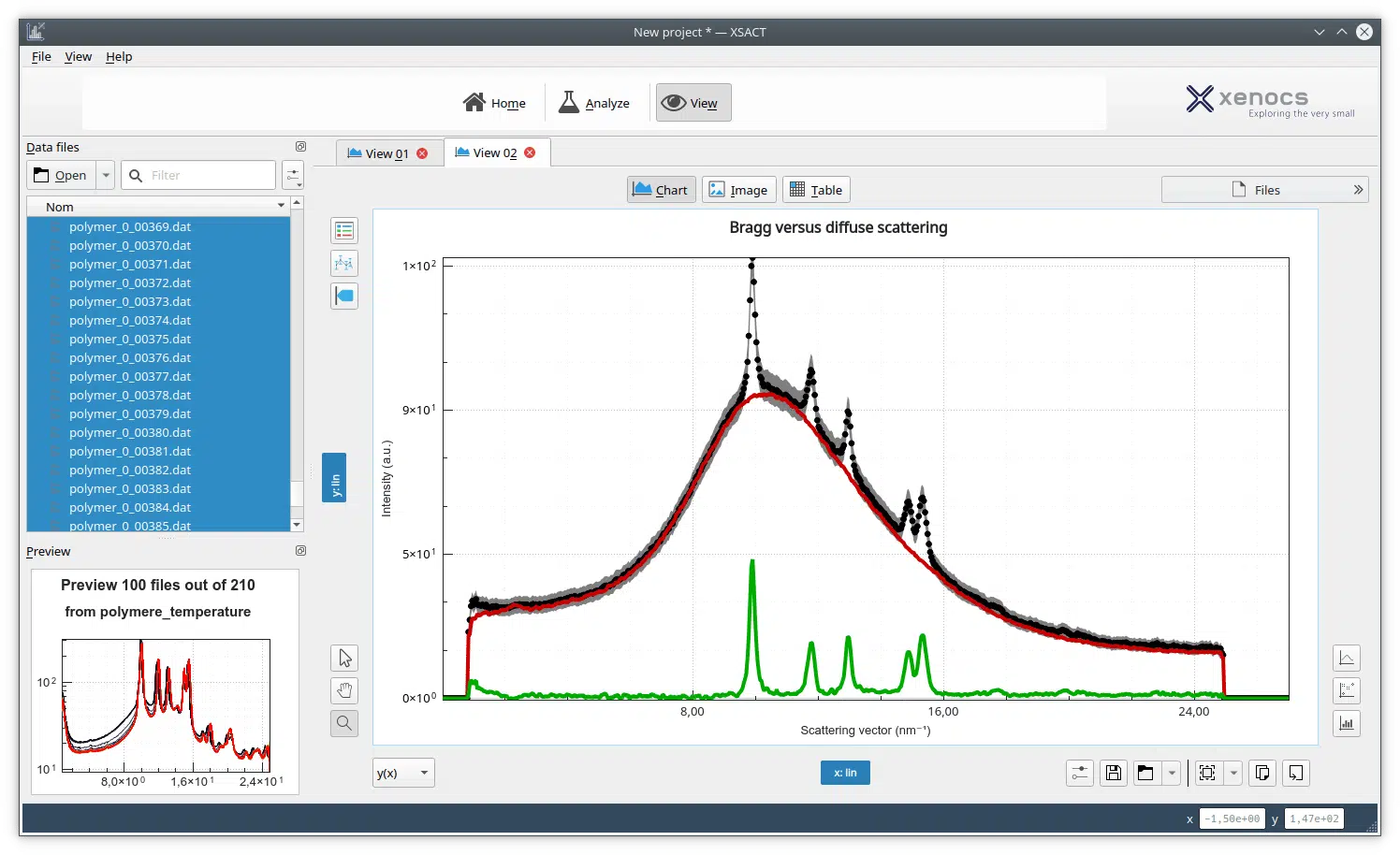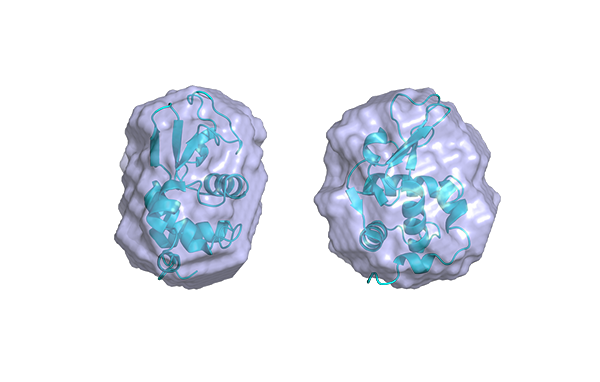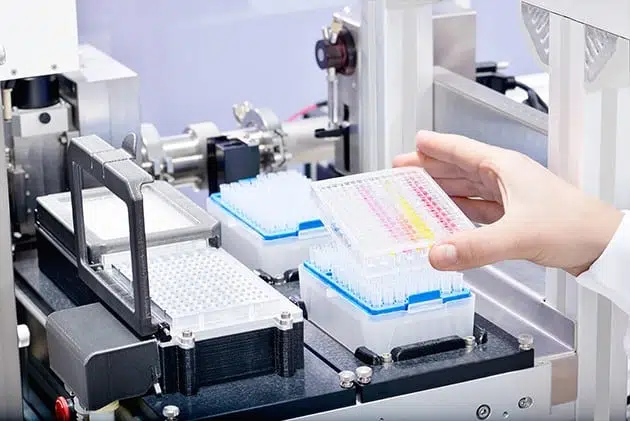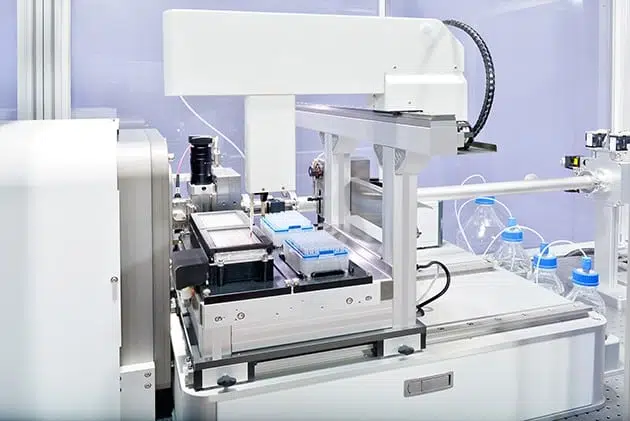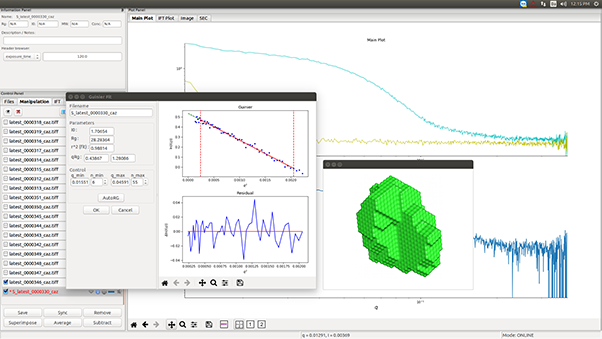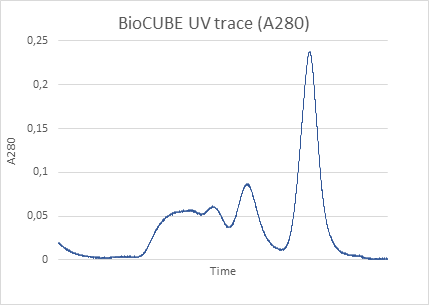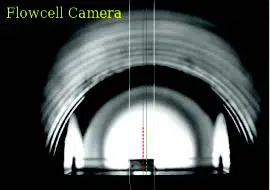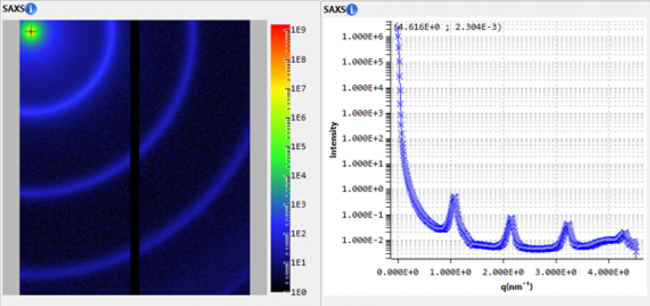In situ SAXS study of non-fat milk model systems during heat treatment and acidification
Food Research International, 2022, vol 157 DOI:10.1016/j.foodres.2022.111292 Abstract Small-angle X-ray scattering (SAXS) was used to monitor structural changes induced by heat treatment and acid gelation in milk matrices with added whey protein concentrates (WPCs) and nano-particulated whey protein (NWP). In general, heat treatment was found to mainly affect whey protein…
An interaction-mediating strategy towards enhanced solubility and redox properties of organics for aqueous flow batteries
Huang, Zhifeng; Kay, Christopher W. M.; Kuttich, Björn; Rauber, Daniel; Kraus, Tobias; Li, Hongjiao; Kim, Sangwon; Chen, Ruiyong
Aqueous redox flow batteries using electroactive organic materials are currently attracting significant attention. However, the influence of supporting electrolytes on the aqueous solubility, electrochemical reversibility and chemical stability of the organic components has rarely been investigated. Here, a new electrolyte design strategy towards enhanced solubility and chemical stability of
Determination of the Critical Size of Secondary Nuclei on the Lateral Growth Front of Lamellar Polymer Crystals
Zhang, Shujing; Han, Jiarui; Gao, Yang; Guo, Baohua; Reiter, Günter; Xu, Jun
Nucleation is the rate-limiting first step of crystallization. The energy barrier related to form the critical nucleus predominantly affects the nucleation rate. Determination of the size of the critical nucleus is a key for understanding the mechanism of nucleation and allows testing theories. However, it has been a great challenge…
Solidification and melting phase change behavior of eutectic gallium-indium-tin
Koh, Amanda; Hwang, Wonseok; Y. Zavalij, Peter; Chun, Seth; Slipher, Geoffrey; Mrozek, Randy
The room-temperature liquid metal alloy of gallium, indium, and tin (galinstan) has been studied as a deformable conductive element for stretchable electronics and soft robotics. While these applications are predicated on the soft and conformable behavior of galinstan, little work has been done to understand the solidification of the liquid…
Identification of a Frank-Kasper Z phase from shape amphiphile self-assembly
Su, Zebin; Hsu, Chih-Hao; Gong, Zihao; Feng, Xueyan; Huang, Jiahao; Zhang, Ruimeng; Wang, Yu; Mao, Jialin; Wesdemiotis, Chrys; Li, Tao; Seifert, Soenke; Zhang, Wei; Aida, Takuzo; Huang, Mingjun; Cheng, Stephen Z. D.
FrankKasper phases, a family of ordered structures formed from particles with spherical motifs, are found in a host of materials, such as metal alloys, inorganic colloids and various types of soft matter. All the experimentally observed FrankKasper phases can be constructed from the basic units of three fundamental structures called…
Self-assembly of a silicon-containing side-chain liquid crystalline block copolymer in bulk and in thin films: kinetic pathway of a cylinder to sphere transition
Liao, Fen; Shi, Ling-Ying; Cheng, Li-Chen; Lee, Sangho; Ran, Rong; Yager, Kevin G.; Ross, Caroline A.
The self-assembly of a high-? silicon-containing side-chain liquid crystalline block copolymer (LC BCP) in bulk and in thin films is reported, and the structural transition process from the hexagonally packed cylinder (HEX) to the body-centered cubic structure (BCC) in thin films was examined by both reciprocal and real space experimental…
Investigation of the internal structure of thermoresponsive diblock poly(2-methyl-2-oxazoline)-b-poly[N-(2,2-difluoroethyl)acrylamide] copolymer nanoparticles
Babuka, David; Kolouchova, Kristyna; Hruby, Martin; Groborz, Ondrej; Tosner, Zdenek; Zhigunov, Alexander; Stepanek, Petr
The poly(2-methyl-2-oxazoline)-b-poly self-assembled nanoparticles show great potential in biological applications as, e.g., 19F MRI tumour diagnostic agents. As such their internal structure needs to be thoroughly investigated while the results also help to understand temperature-dependent self-assembly behaviour of copolymers comprised of the hydrophilic and
Tuning Mechanical Properties of Biobased Polymers by Supramolecular Chain Entanglement
Lamm, Meghan E.; Song, Lingzhi; Wang, Zhongkai; Rahman, Md Anisur; Lamm, Benjamin; Fu, Lin; Tang, Chuanbing
A variety of biobased polymers have been derived from diverse natural resources. However, the mechanical properties of some of these polymers are inferior due to low chain entanglement. We report a facile strategy termed supramolecular chain entanglement, which utilizes supramolecular interactions to create physical cross-linking and entanglements for polymers with…
Two-Step Chemical Transformation of Polystyrene-block-poly(solketal acrylate) Copolymers for Increasing ?
Yu, Duk Man; Smith, Darren M.; Kim, Hyeyoung; Rzayev, Javid; Russell, Thomas P.
We investigated the two-step chemical transformation of a series of symmetric poly(styrene-b-solketal acrylate) (PS-b-PSA) copolymers with varying molecular weights from 1900 to 27?300 g/mol (13 ? N ? 194) synthesized by sequential atom transfer radical polymerization. Through acid-catalyzed hydrolysis, the PSA block is converted into poly(glycerol acrylate) (PGA), which subsequently…
Antimicrobial and cytotoxic activity of (thio)alkyl hexopyranosides, nonionic glycolipid mimetics
Dubák, Petr; Gurská, So?a; Bogdanová, Kate?ina; Uhríková, Daniela; Kanjaková, Nina; Combet, Sophie; Klunda, Tomá; Kolá?, Milan; Hajdúch, Marian; Poláková, Monika
A series of 19 synthetic alkyl and thioalkyl glycosides derived from d-mannose, d-glucose and d-galactose and having C10C16 aglycone were investigated for cytotoxic activity against 7 human cancer and 2 non-tumor cell lines as well as for antimicrobial potential on 12 bacterial and yeast strains. The most potent compounds were…





